Agronomic Insights
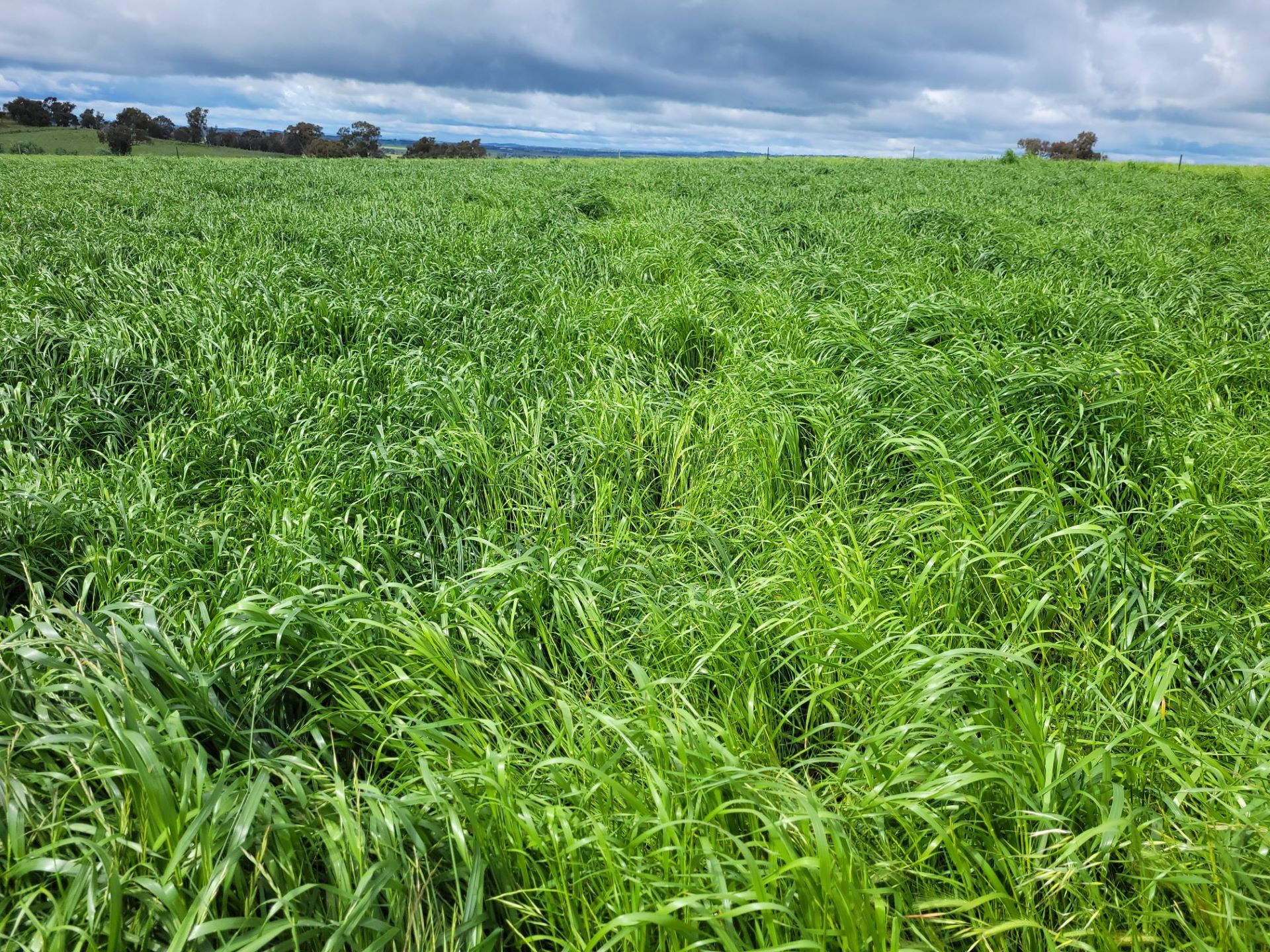
Clint Sheather – IPF Technical Agronomist
Following a delayed wet harvest, reserves of quality fodder are low and hay is expensive. Nitrogen application to increase pasture growth and avoid feed gaps into autumn and winter, and boost silage or hay yields is a consideration of many livestock producers.
In southern Australia, pasture growth is often negligible in late autumn and winter and feed demand can often exceed growth. For example, perennial ryegrass is most productive at ambient temperatures of 18-25˚C while soil temperatures below 10˚C also minimise growth.
Strategic applications of nitrogen at key times a more efficient way to manage feed deficits than a fixed rate of nitrogen, but there are some things to consider before applying N:
- Is the pasture actively growing?
- Can excess growth be conserved as hay or silage?
- Are there other nutrients or soil constraints that will limit pasture growth?
- What is the return from the additional feed grown?
Economics of N application
Return on nitrogen investment is influenced by moisture, pasture composition and density, soil fertility, grazing management, application rate and the fertiliser product itself.
The IPF Feed Cost Calculator can help determine the return on nitrogen investment. Trial work at Boorowa in 2022, showed applications of both 60 and 90 kg/ha nitrogen to annual ryegrass pasture produced more dry matter than the control (Figure 1).
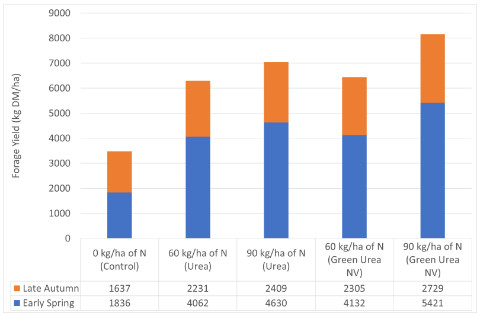
But an early spring application of Green Urea NV®, at both 60 and 90 kg/ha of nitrogen, produced significantly more dry matter than urea.
When the cost per tonne of dry matter was calculated (Table 1), even at $900+ per tonne, urea and Green Urea NV are still an economic way to produce additional feed.
In early spring, when the potential for nitrogen loss is greater, the additional investment in Green Urea NV of $40/tonne produced more feed at a lower cost. Green Urea NV also provides additional logistical flexibility.
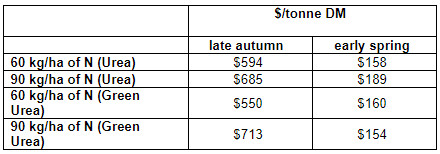
RIGHT PRODUCT
Urea 46% N w/w
Urea is the most widely used high analysis granular nitrogen fertiliser. However, spring applications are prone to ammonia loss through volatilisation. Losses of up to 30% have been recorded where:
- limited moisture has dissolved but not moved the urea into the soil
- the soil temperature is over 15ºC
- daytime temperatures are warm to hot
- the soil surface is drying out
- moderate to strong wind conditions are likely at the soil surface
Green Urea NV® 46% N w/w
Green Urea NV is granular urea coated with the urease inhibitor NBPT (N-(n-Butyl)-thiophosphoric triamide).
As temperatures increase in spring, 20 to 30% of N applied to pastures can be lost through volatisation. Green Urea NV can reduce potential volatilisation loss by 70%. Green Urea NV inhibits the activity of the urease enzyme, delaying the hydrolysis process and extending the time for incorporating before rainfall for a period of up to 14 days. This allows more time for the fertiliser to be safely spread or incorporated into the soil by rainfall or irrigation, where it can be used by pastures without delaying dry matter production. This also means a larger area can be treated ahead of each rain event. The wider application window reduces the risk that an application will be missed.
EASY N® 42.5% w/v
Easy N® is a high analysis liquid fertiliser present as urea ammonium nitrate (urea 50%, 25% ammonium, and 25% nitrate-nitrogen).
Easy N offers several advantages compared with urea. The presence of nitrate-nitrogen means a faster response on cold soils. It can be applied by fertigation or surface application through streaming and flat fan nozzles.
Application of Easy N to pastures should occur immediately after grazing to maximise dry matter production and avoid leaf burn to new growth. Easy N is still subject to volatilisation losses so a rain event of 10 mm or more is required to minimise nitrogen losses.
A minimum of 50 L/ha should be applied to actively growing pasture using flat fan nozzles while streaming nozzles should be considered when applying >50 L/ha of Easy N. Table 2 shows the rate comparison between urea / Green Urea NV and Easy N.
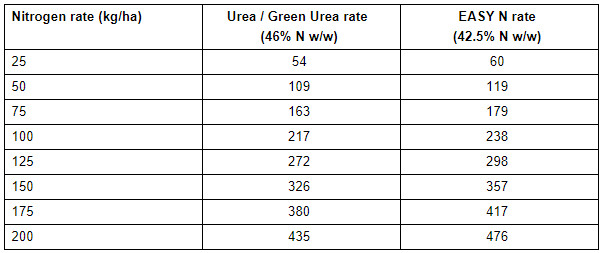
RIGHT TIMING
Pastures are most nitrogen deficient from late autumn to early spring when less nitrogen is being mineralised by the soil. Strategic applications in late autumn, before soil temperatures fall can provide additional winter feed. Similarly, late winter to early spring applications can produce additional feed for spring if supported by the right conditions.
Nitrogen applied soon after grazing is more efficient than an application onto a regrown pasture. Nitrogen responses decrease by 1% for every day the application is delayed, i.e., delaying nitrogen application for 10 days after the sheep or cattle come out of the paddock will reduce the potential nitrogen response by 10%.
RIGHT RATE
The best dry matter response is generally to applications of between 25 and 50 kg N/ha. In this range, dry matter will accumulate as nitrogen rate increases. However, beyond 50 kg N/ha, there is a point at which a positive economic outcome is unlikely. Each individual needs to consider their situation, input costs, response rate and conversion rate, to find that point.
The response curve (Figure 2) shows that low rates of nitrogen are often insufficient to provide a response while high rates are not used as efficiently and don’t always produce more dry matter. Excessive rates can lead to losses through leaching, denitrification and volatilisation.
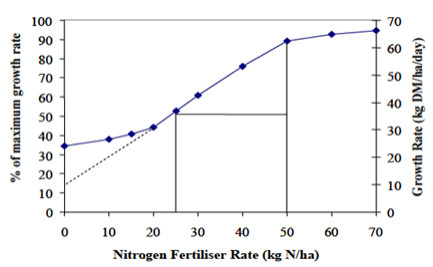
RIGHT AGRONOMY
Pasture condition
Pasture condition is key to the success of nitrogen applications. The pasture must be actively growing for nitrogen to produce additional dry matter. If the pasture is moisture stressed, the response to nitrogen will be significantly reduced. As a rule, a minimum of 50 mm of plant-available water is needed to support nitrogen responses.
Other growth-limiting factors must also be considered, such as phosphorus levels (Olsen P <15 mg/kg Colwell P <30 mg/kg 0-10 cm), sulphur levels (KCl40 <8 mg/kg 0-10 cm), or acidity.
Animal health
Nitrate poisoning in livestock can occur after applying high rates of nitrogen fertilisers – particularly combined with low temperatures and periods of moisture stress. Nitrate poisoning can also be related to pasture composition. It is recommended that pasture not be grazed for 21 days after nitrogen application.
Further Information
For more information or advice about staying on boosting spring pasture growth, feel free to contact me on 0475 439 316 or clint.sheather@incitecpivot.com.au.
You can also contact:
Lee Menhenett lee.menhenett@incitecpivot.com.au
Fiona McDonald fiona.mcdonald@incitecpivot.com.au
Jim Laycock jim.laycock@incitecpivot.com.au
References
Eckard R (2010). Nitrogen-growth promotant for pastures.
Eckard RJ, & Franks DR (1998). Strategic nitrogen fertiliser use on perennial ryegrass and white clover pasture in north-western Tasmania. Australian Journal of Experimental Agriculture, 38(2), 155-160.
Smith AP, Christie KM, Rawnsley RP, & Eckard RJ (2018). Fertiliser strategies for improving nitrogen use efficiency in grazed dairy pastures. Agricultural Systems, 165, 274-282.
Suter H, Sultana H, Turner D, Davies R, Walker C, & Chen D (2013). Influence of urea fertiliser formulation, urease inhibitor and season on ammonia loss from ryegrass. Nutrient cycling in agroecosystems, 95(2), 175-185.
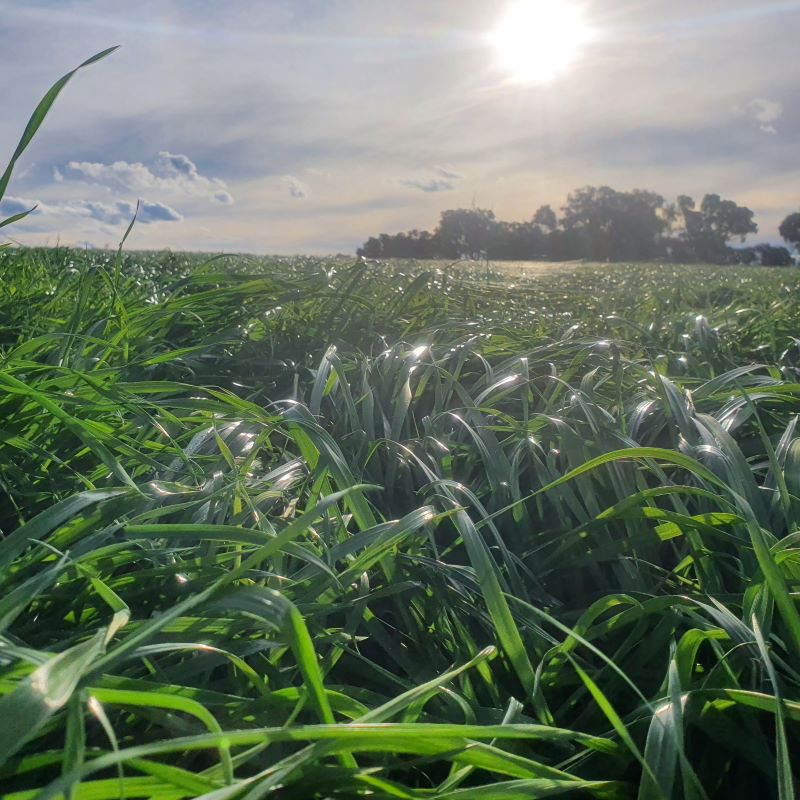
Resources
DOWNLOAD INSIGHTDISCLAIMER
This is a guide only, which we hope you find useful as a general tool. While IPF has taken all reasonable care in the preparation of this guide, it should not be relied on as a substitute for tailored professional advice and IPF accepts no liability in connection with this guide. Incitec Pivot Fertilisers manufactures and sources fertilisers from other suppliers. The fertiliser supply chain extends beyond the company’s direct control, both overseas and within Australia. Incitec Pivot Fertilisers hereby expressly disclaims liability to any person, property or thing in respect of any of the consequences of anything done or omitted to be done by any person in reliance, whether wholly or in part, upon the whole or any part of the contents of this article.
You might also be interested in these
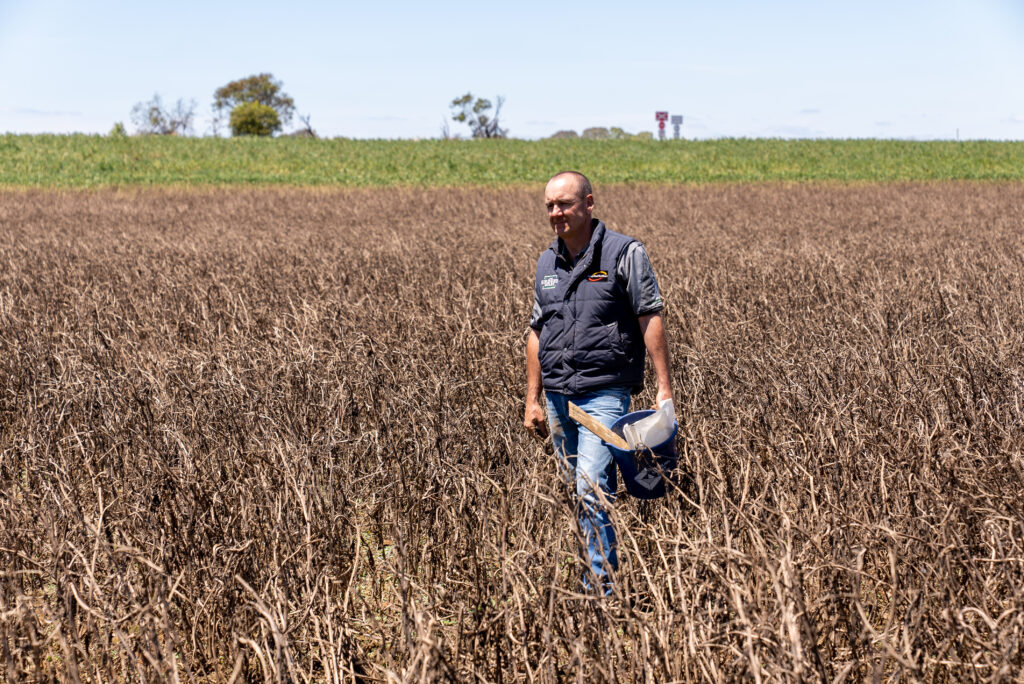
Pasture, Summer Crop
Taking Stock After the Floods
March / 2023
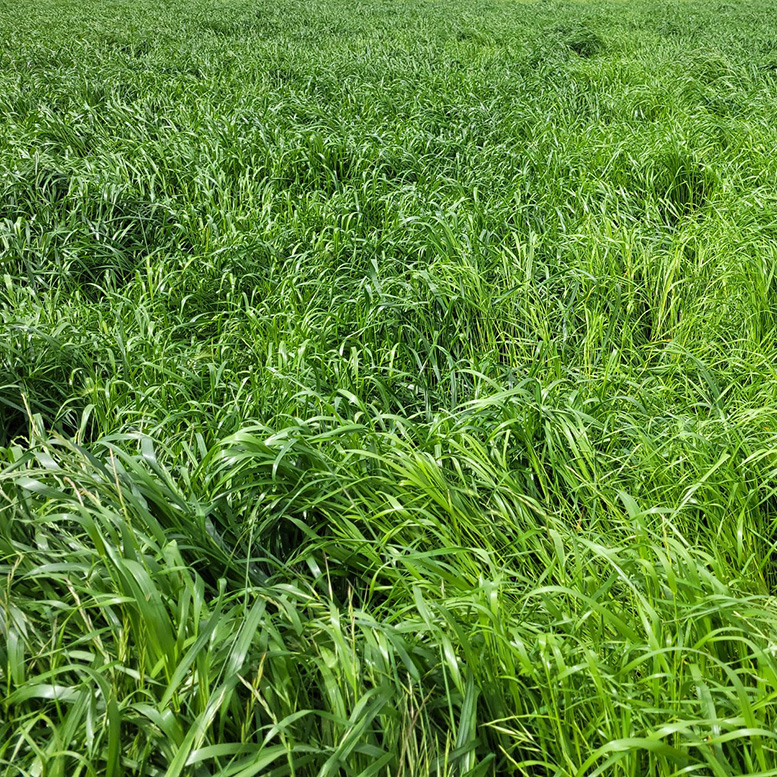
Pasture
Weighing up phosphorus investment for pastures
February / 2024
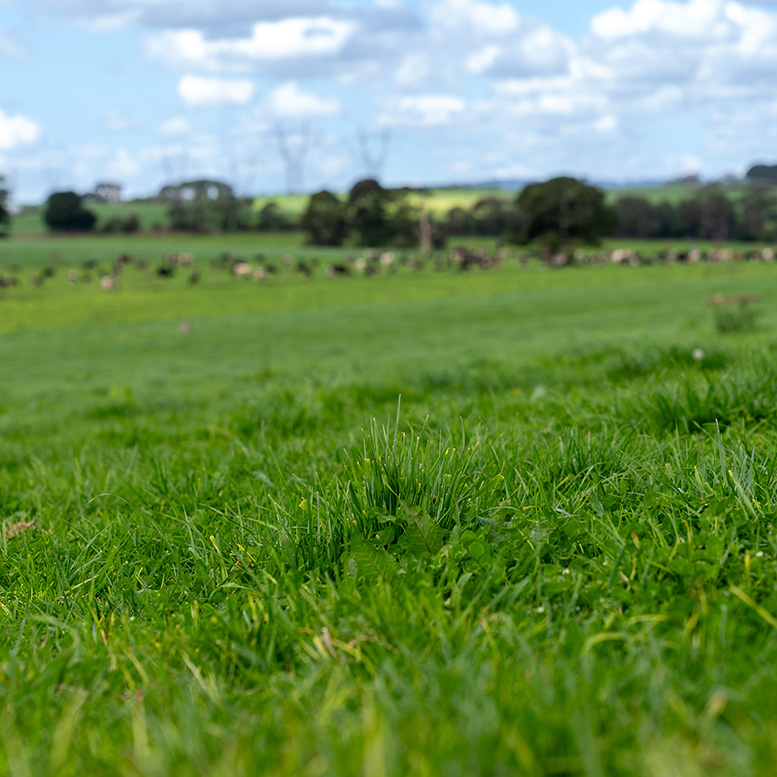
Pasture
Boost your boron potential
September / 2024
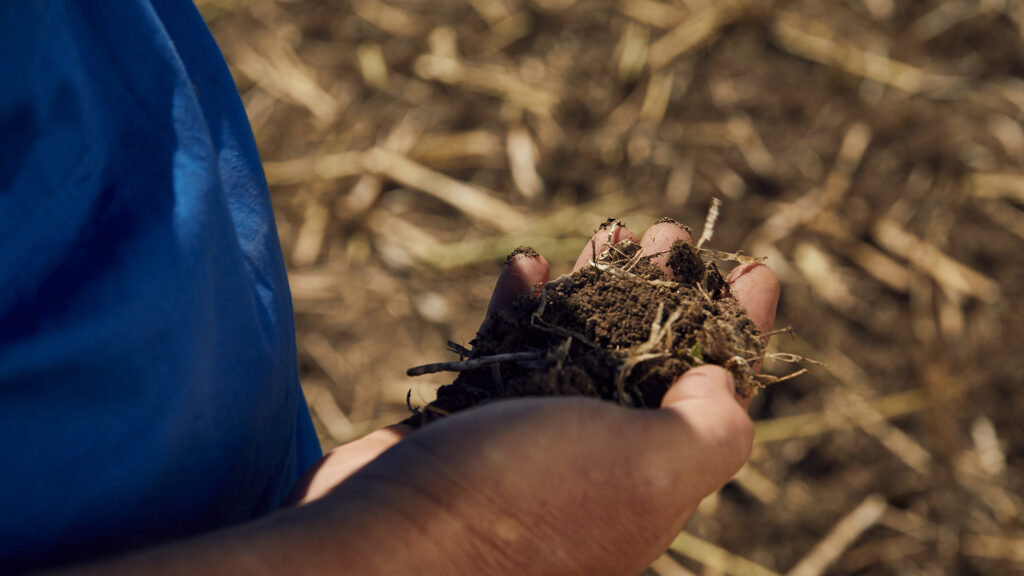
Horticulture, Pasture, Summer Crop
At risk of nitrogen volatilisation? Test your soil before choosing a fertiliser product when broadcasting
February / 2023

